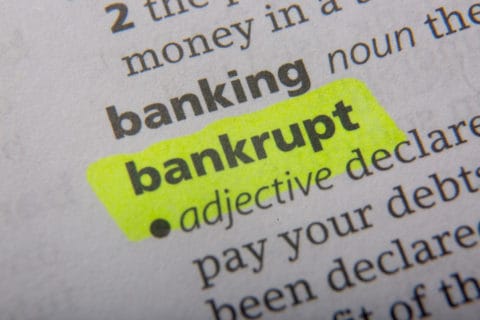Common Legal Terms Used By Bankruptcy Attorneys
As in any legal proceeding, the terminology involved in bankruptcy cases can be daunting for the inexperienced. In the interest of providing you with a basic understanding of bankruptcy, we have provided you with the following list of common terms used by bankruptcy attorneys and officials:
1. Common Chapter Filings
- Chapter 7 Bankruptcy: Chapter 7 is the most common bankruptcy filing made by individuals or couples. For those who are eligible, it requires that the liquidation of assets be the means by which debt is paid off.
- Chapter 13 Bankruptcy: Chapter 13 is the second most common category of bankruptcy, and involves a repayment plan in which individuals or couples can repay creditors within three to five years.
2. Asset Types
- Assets: Assets include all of the property, both tangible and intangible, that is owned by a debtor.
- Estate: Property of the estate includes any assets that can be liquidated to pay off creditors post-bankruptcy filing, such as secondary cars, personal possessions, mechanical equipment, and stocks.
- Exempt Assets: Exempt assets refers to property that can be retained by the debtor because of its importance to day-to-day survival, i.e. a primary home, a primary vehicle, or clothes.
3. Process Vocabulary
- Bankruptcy Petition: This refers to the legal documentation that you and your bankruptcy attorney submit to the court to begin the bankruptcy filing process.
- Automatic Stay: Upon filing for bankruptcy, you will be granted an automatic stay by the court, preventing creditors from attempting to collect from you.
- Section 341 Meeting: Otherwise known as the Meeting of Creditors, this is a bankruptcy hearing in which you will address, under oath, any questions regarding your current financial status and the condition of your estate.
- Discharge: This term refers to the elimination of your debt once the liquidation/repayment process has been completed.

